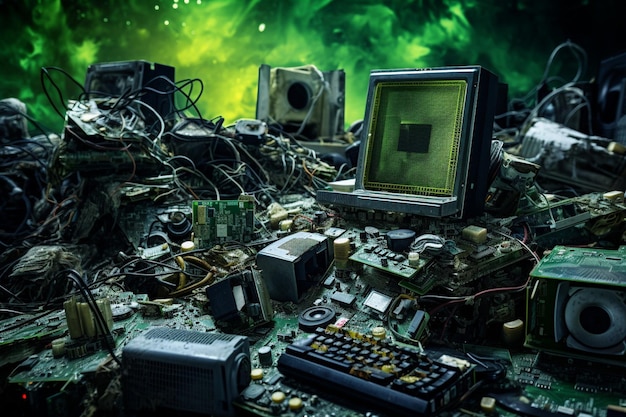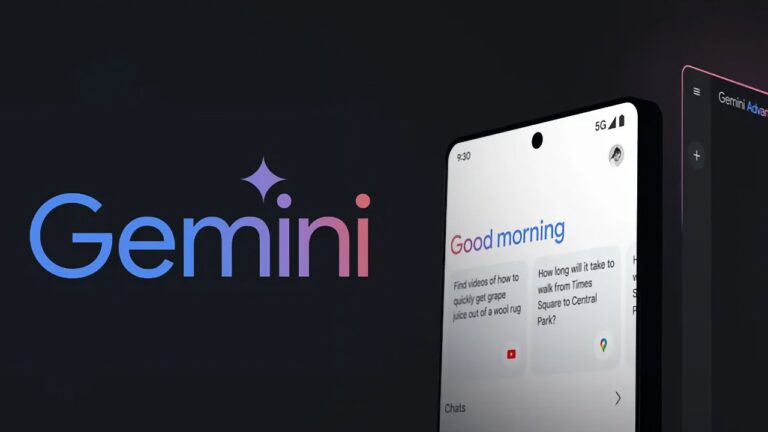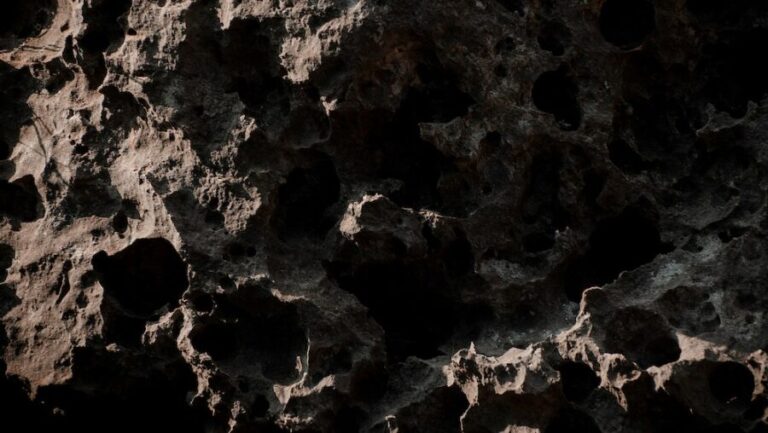
Audience
- Sentiment: negative
- Political Group: environmentalist
- Age Group: 25-45
- Gender: both genders
Overview
- The Humane AI Pin initially launched with high expectations but quickly fell into disappointment and was labeled as e-waste.
- Users experienced poor performance and functionality issues, leading to frustration over their investment.
- The article highlights the growing problem of e-waste and suggests that companies need to prioritize long-term product support and sustainability.
The Rise and Fall of the Humane AI Pin: A Lesson in Technology and E-Waste
In today’s world, technology is everywhere. It shapes how we communicate, learn, and even spend our free time. Some of the innovations that emerge create a major buzz, promising to make our lives easier or more exciting. One such invention was the Humane AI Pin, which launched just ten months ago with great fanfare and high expectations. Designed to be an all-in-one AI assistant, it was envisioned as a cutting-edge device that would revolutionize how we interact with technology. However, fast forward only a few months and the Humane AI Pin has quickly lost its charm, leaving many users disappointed, and it’s now labeled as “e-waste.” But what happened to this once-promising gadget, and what can we learn from its downfall?
The Hype Surrounding the Humane AI Pin
When the Humane AI Pin was first released, it created a lot of excitement. The device was advertised as a sleek, wearable AI assistant that could help you manage your day-to-day activities. For $700, users were promised a revolutionary experience where their AI could understand them, make smart suggestions, and assist with various tasks, all while being small and stylish enough to wear.
The initial marketing painted a bright picture. Imagine using a device that could remind you of appointments, help you access information instantly, and even control smart devices in your home with just your voice! For tech enthusiasts and everyday users alike, this was a dream come true. The AI Pin seemed to have it all, and people lined up to buy one. Who wouldn’t want their personal assistant looking chic and modern?
However, the excitement didn’t last long. Within just a few months, users began to notice that the device didn’t quite live up to its promised capabilities. It was plagued with issues, from performance glitches to confusion over user commands. Instead of being a helpful companion, the AI Pin often felt more like a stubborn toddler who refused to listen.
The Dismantling of Aspirations
Fast forward to February 2025, a mere 10 months post-launch, news broke that the Humane company sold its software rights to HP. Users were informed that by this date, the AI Pin would become almost entirely useless, losing nearly all of its functionalities, with only a few basic features left working offline. To put it bluntly, this took a shiny new piece of technology and turned it into a glorified paperweight—not what anyone had hoped for when they invested their money in this gadget.
Imagine losing almost all functionality of an expensive, high-tech device in less than a year! Users felt cheated. Rather than gaining a reliable digital assistant, they had essentially purchased a “brick of e-waste.” The term “e-waste” refers to electronic products that are no longer usable and are often discarded. This includes gadgets that break down, are obsolete, or, like the AI Pin, simply don’t fulfill their promises. Unfortunately, the Humane AI Pin joined this long list of tech gadgets that spiraled from a bright innovation into a pile of electronic trash.
The Grim Reality of E-Waste
As technology continues to evolve rapidly, e-waste has become a growing concern. Each year, millions of tons of discarded electronics contribute to a worldwide crisis. Many devices end up in landfills, where harmful chemicals can leach into the earth and pollute the environment. Others are improperly recycled, making the situation worse.
Humane, the company behind the AI Pin, acknowledged the e-waste problem and encouraged users to recycle their devices. However, recycling electronics isn’t as straightforward as it sounds. One challenge is that many gadgets, like the AI Pin, contain complicated batteries and materials that are difficult to separate for recycling purposes. So while the company is urging users to take the responsible path and recycle, the reality is that many may simply toss it aside in frustration, contributing to the very problem Humane sought to combat.
What Went Wrong?
With the reality of the Humane AI Pin in mind, it’s essential to ask: What went wrong? Why did a device that started with so much promise end up as e-waste in such a short time?
- Poor Performance: Despite the initial excitement, users quickly discovered that the AI Pin didn’t perform as advertised. It had bugs, responded slowly, and could be quite frustrating during use. For a device marketed as a smart assistant, the inability to function correctly was a nail in the coffin.
- Business Decisions: The decision to sell the software to HP was unexpected for users. This kind of move can leave loyal consumers feeling abandoned. If a company doesn’t prioritize the ongoing support of their product, it can easily be rendered obsolete.
- Short Lifespan: The short lifespan of the device shocked many. When people invest hundreds of dollars into tech, they expect it to last longer than a few months. There’s a sense of betrayal when a product doesn’t live up to these expectations, leading to dissatisfaction and frustration.
- Environmental Concerns: The rise of e-waste highlights a significant issue in the tech industry—planned obsolescence. This refers to the design of products to ensure they have a limited life span. Consumers deserve products that are built to last, yet many companies prioritize short-term profits over long-term sustainability.
A Cautionary Tale
The story of the Humane AI Pin serves as a cautionary tale in the tech world. It reminds us that not all innovations will succeed, despite the excitement they generate. It speaks to the importance of understanding how products are made and the possible environmental impacts of our technological choices.
Imagine being an inventor whose dream is to create a product that makes people’s lives easier. It’s a noble pursuit, but sometimes good intentions can lead to disappointing results if the execution isn’t right. The downfall of the AI Pin should inspire future inventors and companies to listen to user feedback, prioritize long-term sustainability, and work hard to deliver quality over flashiness.
Your Turn!
As you think about the Humane AI Pin and its journey from innovative technology to e-waste, it’s important to reflect on your own experiences with technology. Have you ever spent your hard-earned money on a gadget that quickly became obsolete? What were your feelings about that experience?
Let us know what you think! Do you believe companies should do more to support their products over time? Or is it up to consumers to make smarter choices about the tech they purchase? Share your thoughts in the comments below!






